Deep down, I think all of us harbor a deeply held hope that one day we’ll stumble upon a trapped door or hidden passageway that leads to mystery, riches, adventure, or better yet, all three!
To be sure, most people never accidentally lift a library book and open up a secret passageway into another world, but we’ve all read enough books and seen enough movies to hope that maybe, just maybe, it could really happen.
In fact, every so often, it happens in real life, adding fuel to the fire, as we saw with this amazing root cellar discovered during a house renovation.
Now, fanning the flames, another secret house discovery has us banking on fascinating pieces of recent history to fulfill our hopes of discovering a hidden door or hidey-hole, just like Nancy Drew herself.
The latest discovery took place in the United Kingdom, where an old garden shed turned out to be so much more…
Scroll through the gallery below to see the innocuous shed, and everything they found inside!

Our first look at the enigmatic structure comes via Imgur user Xtianpro, sharing his fascinating discovery on the popular photo-sharing website.
He describes it as, "[a] groundsman's shed in a small suburb of London."
Set into a hedge, on the side of an expanse of green grass, this is the kind of spot where you could normally expect to find things like rakes, trowels, and lawn care tools.
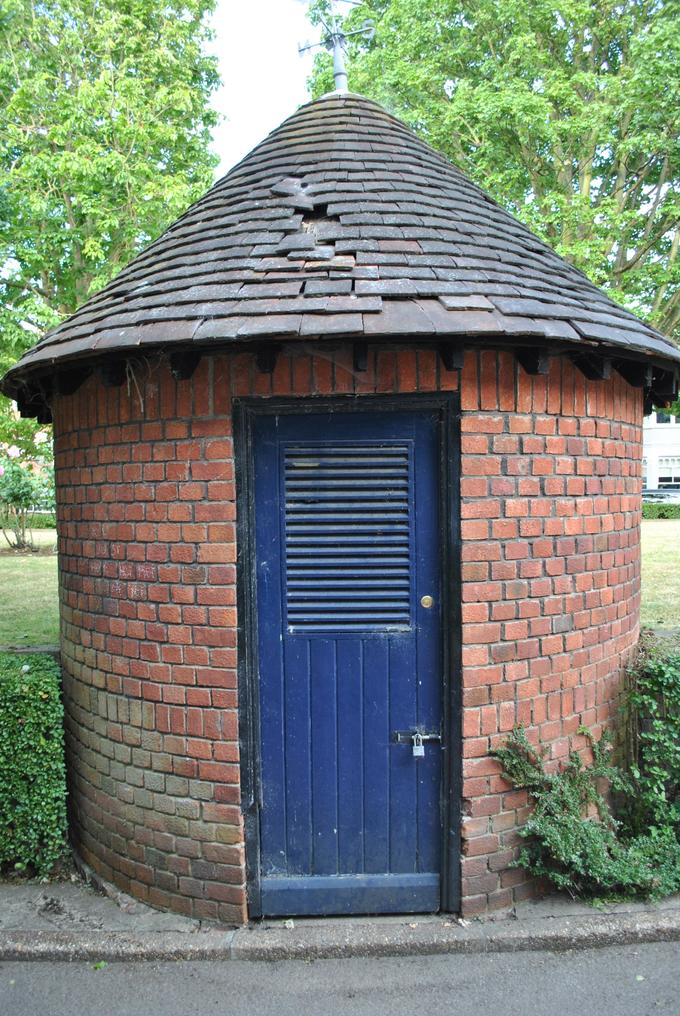
The building does have a round shape, reminiscent to a silo, that may be unfamiliar to Americans like myself who are accustomed to wooden sheds with a more boxy shape.
Still, this shape is not uncommon in England, where round sheds are often built into walls or hedges alongside the edges of properties.
In other words, the quaint brick structure with its pretty blue door wouldn't stand out as something particularly unusual in the green area on the outskirts of London.
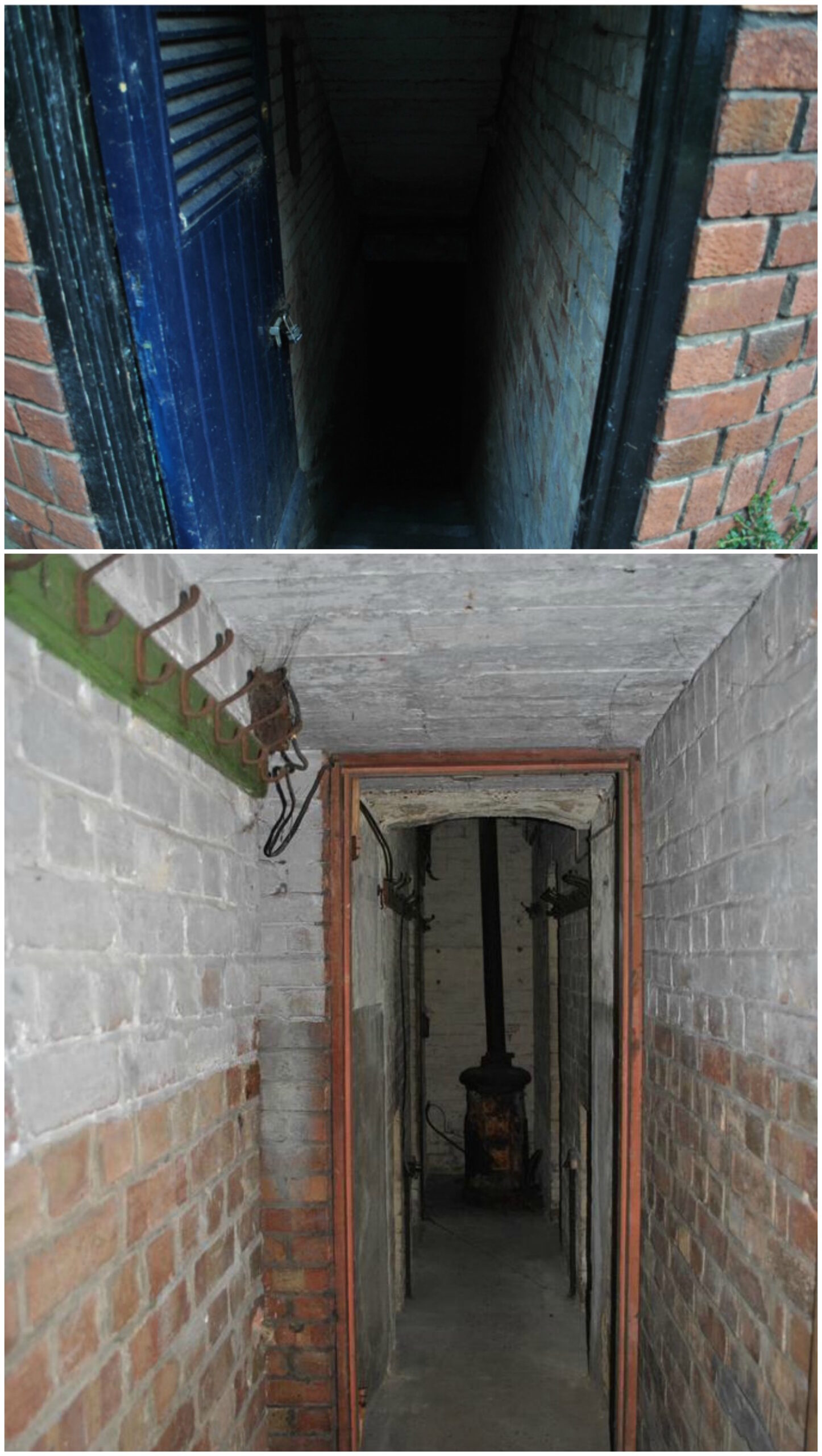
But when the door opens, it's an entirely different story.
Behind the cheerful blue door is a murky stairwell that descends into impenetrable darkness.
At the bottom is a long, bricked-up hallway, which is almost impossible to see, according to our intrepid explorer.
He adds, "Everything you can see is thanks to my camera flash. Otherwise, it is essentially pitch black."

The space, as you can see, is equipped with rudimentary electricity that looks distinctly different from the outlets and wiring systems we use today.
That's because the underground habitat is actually a bunker that dates back to the 1930s, when England was watching in growing terror as Hitler amassed power just across the North Sea.
It was designed as a fail-safe against the formidable omens of oncoming war.
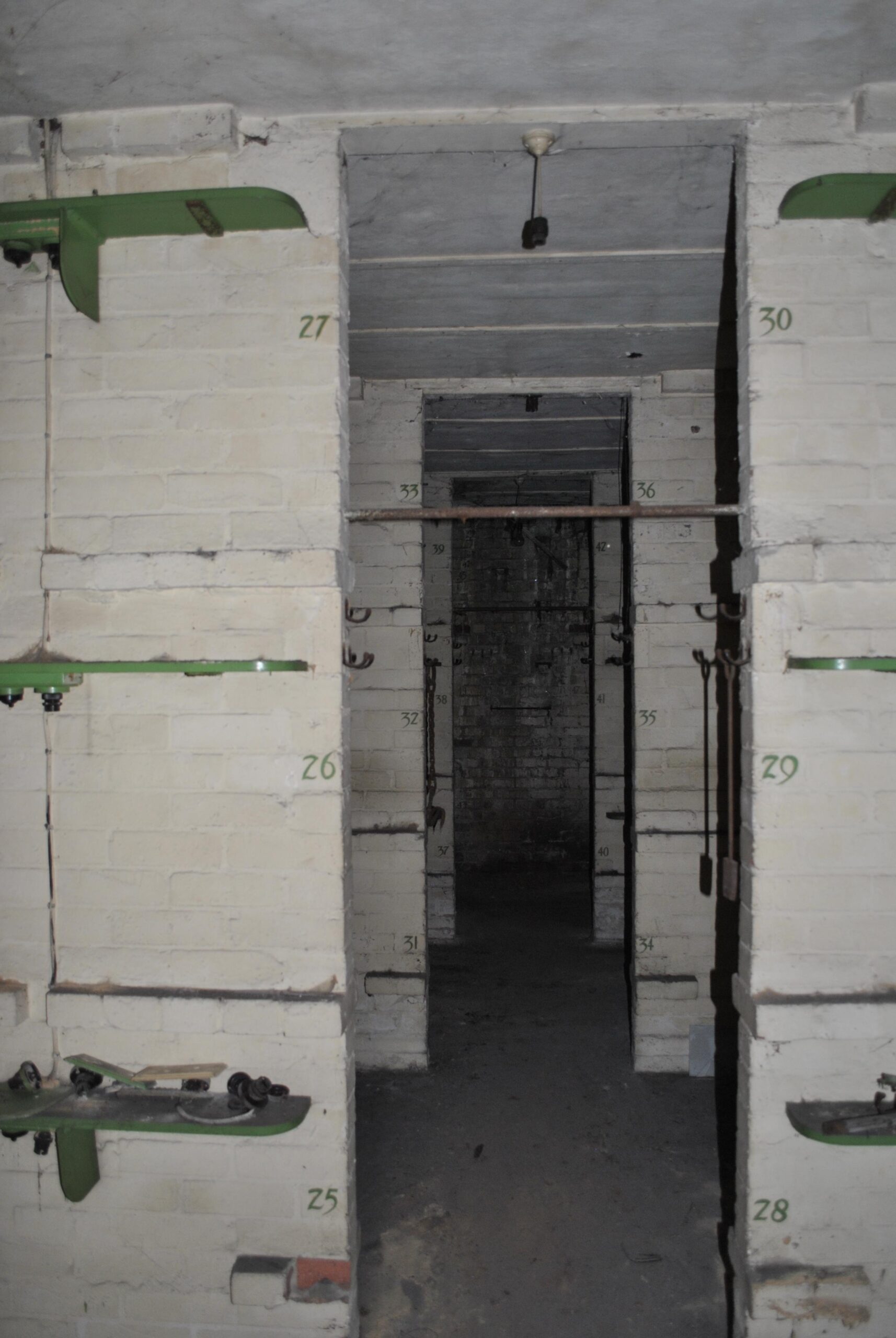
Inside, the bunker is organized with long-term safety in mind, if not comfort.
The space was built with large dormitories stretching underground, which could sleep 48 people total.
You can see small shelves going up the wall at even intervals. These would have supported a triple layer of bunk beds, not unlike a ship's cabin where space is at a premium.
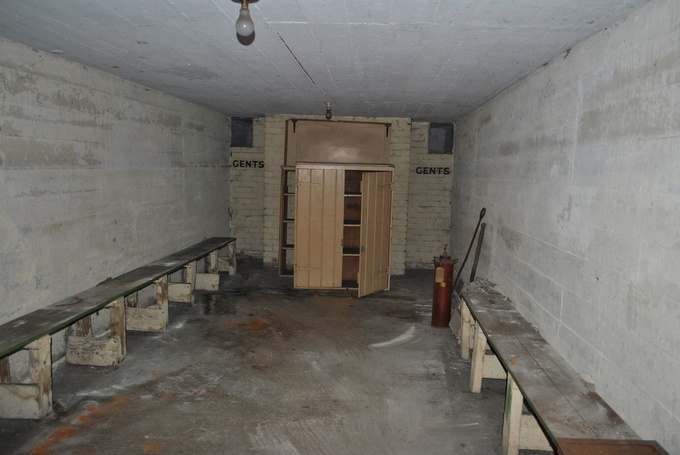
The bunker was also furnished to provide space for leisure time.
According to our explorer, the space was also separated by gender, presumably to allow a measure of privacy.
This was the "men's day room," where inhabitants could spend their waking hours and use the facilities marked at the far end under the label "Gents."
There was a matching day room and set of lavatories for women on the opposite side of the bunker.
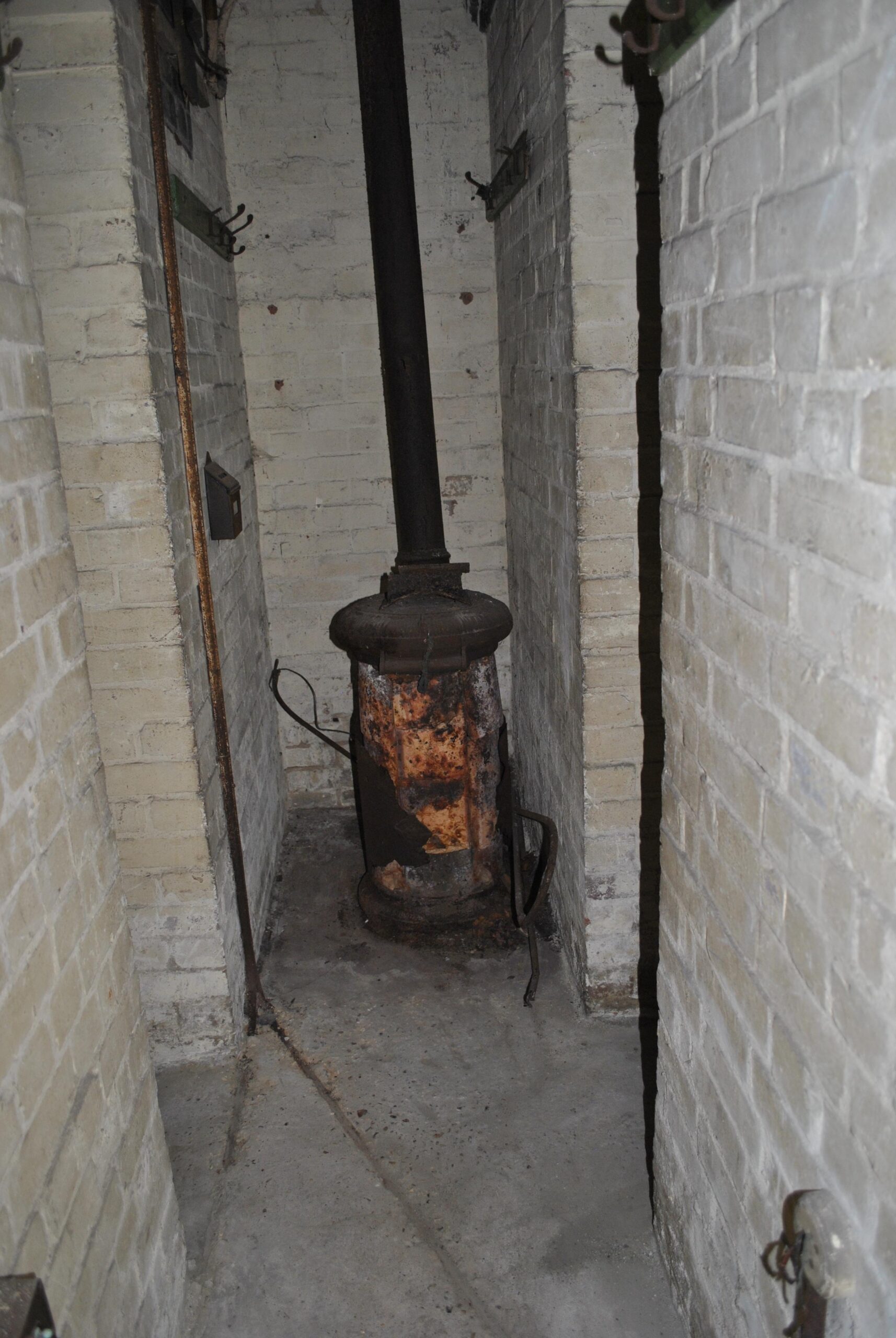
While we don't see anything that resembles a proper kitchen, the bunker is equipped with what looks like a gas-burning heater.
As the adventurer notes, "I imagine it could get pretty cold down there."
This is undoubtedly true, but it doesn't explain how they would have prepared food.
Most likely, it was a lot of dried and canned goods, and some small gas cookers for preparing uncomplicated hot meals.
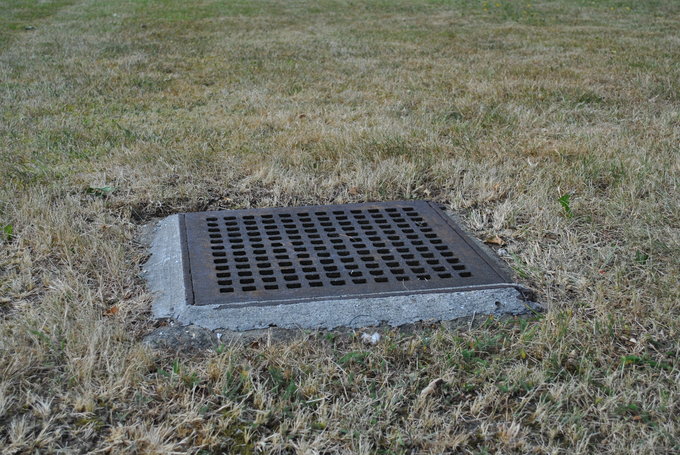
Last but not least, the bunker was well ventilated, with a variety of grates scattered around the area that vent down into the bunker space below.
These inconspicuous grating systems weren't just for fresh air either, they were also escape hatches.
If the bunker was infiltrated by an enemy, or fell victim to a more everyday disaster, these hatches would allow the inhabitants to flee out the back door. Fascinating, right?
If you're as intrigued by this inconspicuous bunker as we are, make sure to SHARE with friends and family interested in history and hideaways!




